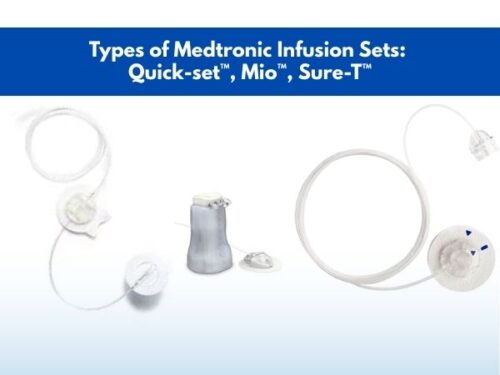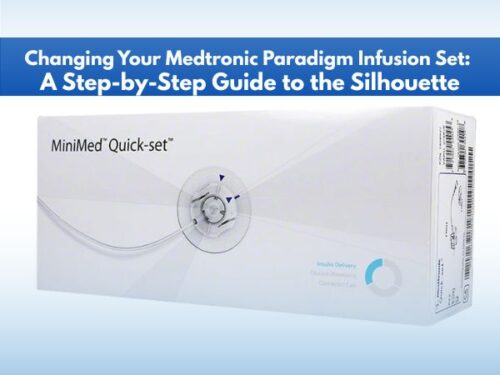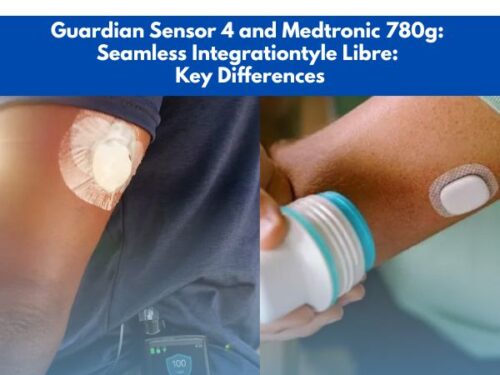What Instruments are Used for Biopsy?

Medical science is the science of treating diseases. As the human body is the most complex machine present on the face of the earth, the process of finding the reasons for its failure in performing its functions normally is also never easy.
In medical terms, the procedures for diagnosing disease and the extent of the disease are done using different tests, equipment, and techniques. Such a test that is used to identify the presence or extent of a disease is known as a biopsy.
In this test, sample cells or tissues are extracted for examination that is used to diagnose the diseases. This test involves several pieces of equipment that help to perform this test.
Mostly a biopsy is performed to diagnose cancer but it can also be performed to diagnose inflammatory disorders, infections, and, immune disorders. Today we are going to discuss the instruments that are required for a biopsy.
What instruments are used in the biopsy test?
The equipment that is used in a biopsy depends upon the type of biopsy procedure being performed as there are many different kinds of biopsies. These include needle biopsy, surgical biopsy, image-guided biopsy, endoscopic biopsy, laparoscopic biopsy, liquid biopsy, skin biopsy, and bone marrow biopsy. For example in needle biopsy, the sample is taken with the help of a needle, and then it is examined at a laboratory. The following equipment is needed to perform a biopsy.

An instrument used in the biopsy procedure
-
Biopsy needle
A biopsy needle is the most common equipment used in a biopsy test. The biopsy needle is several inches long and it has a wide barrel. The needle used is hollow which helps to take the sample. The common needles that are used for biopsies are as follows.
- A vacuum-assisted device uses a vacuum that helps to obtain larger pieces of tissue.
- A fine needle that is attached to a syringe is used to take samples. It is typically used to draw blood.
- A core needle that contains an inner needle connected to a trough or shallow receptacle is covered by a sheath and attached to a spring-loaded mechanism.
A long and sharp needle should be used for biopsies. Needle biopsies are performed with the guidance of Computed Tomography (CT), Fluoroscopy, Ultrasound, or MRI.
-
Antiseptic solution
A common skin antiseptic is used to clean the biopsy site. It is referred to as the preparation of the biopsy site.
-
Syringes
A syringe is attached to the needle for taking a sample during the biopsy. It helps in suctioning out a small sample of the cells or fluid. This sample is then examined to diagnose the disease.
-
Sponges
Biopsy sponge pads help hold biopsies in place and prevent them from being misplaced or lost during processing. These are also used to control bleeding from the punch biopsy wells.
-
Forceps
Biopsy forceps are used during laryngoscopy procedures to take tissue samples. These are thin and flexible and contain cupped jaws. These forceps are available in several handle styles. These forceps are also helpful in removing foreign objects from aural and nasal cavities. These forceps are made of surgical steel and are sterilized.

-
Scalpels
A scalpel is a type of blade that is used to make skin incisions and tissue dissections. It is used for the initial puncture of the skin and helps in inserting the aspiration or biopsy needles. The skin incision is done with the help of a number 11 scalpel blade.
-
Sterile gauze and bandages
Sterile gauze and bandages are used after performing a biopsy to clean the biopsy site. These can also be used to apply pressure after completing the biopsy procedure to insure hemostasis.
-
A specimen cup
It is used for storing the collected sample during the procedure of biopsy.
Post-procedure instructions
After completing the procedure and collecting the sample, proper care should be taken of the biopsy site to ensure that no complication arises and the biopsy site heals fast. For this purpose, it is highly significant to properly care for the wound. It will not only help to speed up the healing process but also reduce the chances of any infection or complications. The post-procedure care instructions that must be followed strictly after doing a biopsy procedure are as follows.

Needle biopsy
-
Lying down
After the completion of the biopsy, the patient should lie down for a minimum of fifteen minutes and a maximum of one hour to make sure that the bleeding stops.
-
Pain control
The patient may begin to feel some tenderness at the site of the biopsy after the initial anesthesia wears off. Therefore the patient should be given some painkillers to control the pain.
-
Swelling or further bleeding
The doctor or medical staff should advise the patient to immediately contact them if he notices any increasing pain, swelling, or bleeding.
-
Avoid over-exertion
The patient should be asked to completely avoid over-exertion as it can cause the pain to worsen. It can also cause the bleeding to start again. Therefore the patient should rest and avoid over-exertion for a minimum of 24 hours. Also, a bandage should be placed at the biopsy site to keep it dry and also avoid the risk of any bleeding and infection.
Conclusion
Biopsies are medical procedures that are required to diagnose a disease or to find out the extent of any disease in the human body. Biopsies help diagnose cancers and fevers of unknown origin. A biopsy has several types and the equipment required for each biopsy may vary from the other.
However, the procedure of a biopsy should be followed properly and the equipment used in a biopsy should be sterilized properly to ensure the patient’s safety. Furthermore, the patient should take extreme care of himself after the biopsy is completed.
This is necessary as it can help the biopsy site to heal faster. It is also highly significant that a medical expert monitors all the procedures and should also be in contact with the patient after the biopsy if any unusual symptom occurs.



















